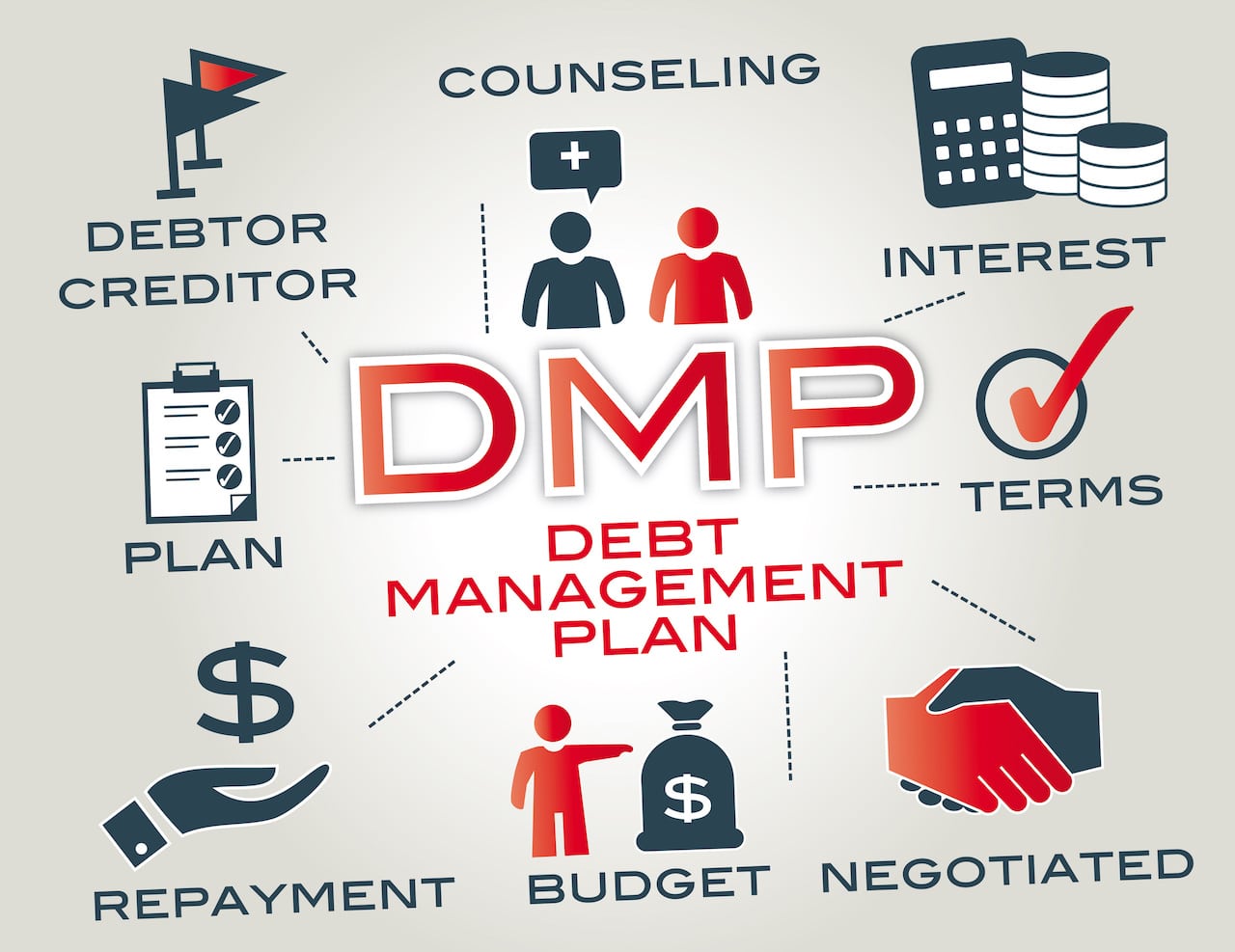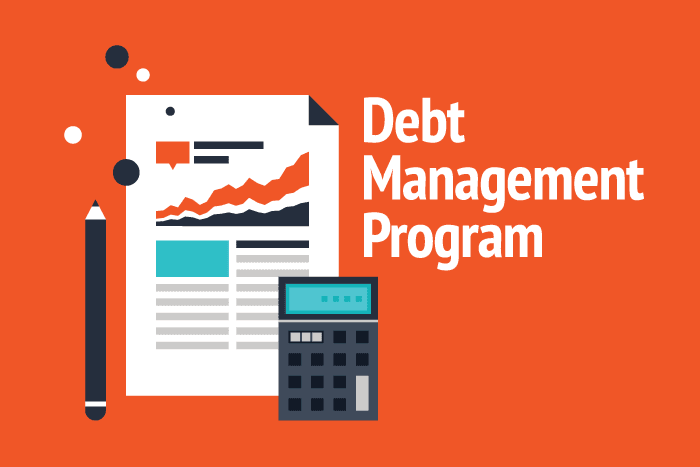Reliable Financial Obligation Debt Consolidation Methods for Financial Flexibility: More Discussion Posted Here
Reliable Financial Obligation Debt Consolidation Methods for Financial Flexibility: More Discussion Posted Here
Blog Article
Whatever You Need to Learn About Producing a Personalized Financial Obligation Monitoring Strategy
In the realm of personal finance, designing a tailored financial obligation management strategy is commonly the keystone of accomplishing monetary security and peace of mind. As you navigate the complexities of creating a tailored financial debt monitoring plan, comprehending the complexities of each step is vital to your financial success.
Examining Your Current Debt Scenario
One need to initially conduct a thorough examination of their existing debt commitments before formulating a reliable debt management strategy. Evaluating your existing debt situation is a critical very first step in getting control of your financial resources. Begin by gathering all required monetary papers, such as charge card statements, loan agreements, and any exceptional costs. Develop a comprehensive listing of each debt, including the total amount owed, passion rates, minimal monthly settlements, and due dates. This comprehensive review will certainly offer a clear image of your financial standing and assistance focus on which financial obligations to attend to initially.
After assembling this information, calculate your total debt-to-income proportion by dividing your month-to-month financial obligation repayments by your regular monthly earnings. This ratio is a crucial indicator of your capacity to handle present debt degrees efficiently. Furthermore, assess your debt record to identify any kind of mistakes or disparities that might be affecting your credit rating. Recognizing these elements of your monetary circumstance will lead you in establishing an individualized debt administration strategy tailored to your details demands and goals.
Setup Financial Goals and Targets

When establishing monetary objectives, it is very important to be specific, quantifiable, attainable, pertinent, and time-bound (WISE) As an example, you could set an objective to repay a specific amount of financial obligation within a particular timespan, such as decreasing your bank card equilibrium by $5,000 in the next 12 months - More Discussion Posted Here. By setting clear targets like this, you can track your development and stay inspired to accomplish your debt monitoring objectives
In addition, think about prioritizing your debts based upon factors such as rate of interest rates, outstanding equilibriums, and repayment terms. By concentrating on high-interest debts initially, you can conserve cash in the future and increase your trip toward financial liberty. Keep in mind, each individual's economic situation is unique, so customize your objectives and targets to fit your individual needs and situations.
Producing a Realistic Budget Plan
Crafting a distinct budget plan is an essential action in efficient financial debt administration and financial preparation. A practical budget plan offers as a roadmap for your economic health, helping you track your income, expenses, and financial debt repayments. To produce a useful budget, begin by noting all your resources of income.
Consistently testimonial and readjust your budget plan as required to stay on track with your financial objectives and financial obligation payment plan. By sticking to a realistic budget, you can properly manage your financial obligation and work in the direction of a more secure monetary future.
Discovering Financial Debt Payment Methods
After developing a reasonable budget plan, the next crucial action in reliable financial debt monitoring is to discover numerous financial debt repayment approaches. One common method is the snowball technique, where you concentrate on repaying the tiniest financial debts initially while making minimal repayments on larger financial obligations. This approach can help build momentum as you see smaller sized financial debts being gotten rid of, providing motivation to tackle bigger ones.
An additional approach is the avalanche approach, which entails focusing on debts with the highest rate of interest prices. By targeting high-interest financial obligations initially, you can minimize the general amount you pay in passion gradually. This approach may be much more affordable over time, also though it might take longer to see individual financial debts totally paid off.
Financial obligation loan consolidation is one more choice where you combine multiple financial debts into a single financing with a lower passion rate. This can streamline your payment procedure and possibly decrease the complete interest paid. Nonetheless, it's important to meticulously take into consideration the terms and charges connected with combination to guarantee it's the best choice for your economic circumstance.
Monitoring and Changing Your Plan

Changing your plan may entail reallocating funds to tackle high-interest financial obligations first, bargaining with lenders for lower rate of interest or better settlement terms, or checking out added revenue sources to speed up financial debt settlement. As your economic scenario advances, your debt monitoring strategy must adapt appropriately to stay efficient. By remaining flexible and proactive in surveillance and changing your plan, you can optimize your efforts in the direction of repaying your financial debts effectively and attaining your monetary goals.
Conclusion
To conclude, developing a customized financial obligation management strategy includes evaluating present financial obligation, setting monetary objectives, creating a practical budget plan, exploring settlement approaches, and tracking and readjusting the strategy as needed. By following these steps, individuals can take control of their monetary circumstance and work in the direction of ending up being debt-free. It is necessary to remain self-displined and devoted to the plan in order to attain long-term economic security.
One should initially conduct a thorough this examination of their existing debt obligations prior to developing an efficient financial obligation management plan.After establishing a realistic spending plan, the following vital action in effective debt administration is to discover different financial debt settlement techniques - More Discussion Posted Here.To properly handle your debt, constant tracking and change of your financial obligation management strategy are essential elements for long-lasting financial security.Readjusting your strategy might find more info involve reallocating funds to take on high-interest financial debts first, discussing with financial institutions for lower rate of interest prices or far better settlement terms, or exploring added revenue resources to speed up debt payment.In verdict, developing a personalized debt monitoring strategy involves analyzing current debt, setting monetary goals, producing a practical budget plan, exploring settlement approaches, and surveillance and readjusting the strategy as needed
Report this page